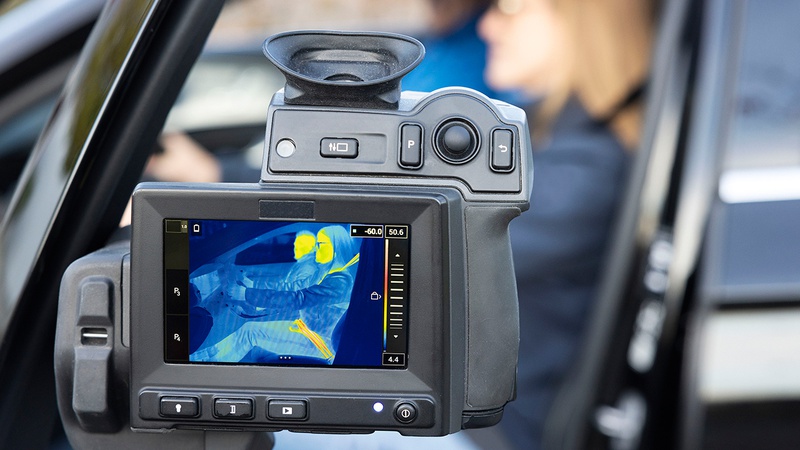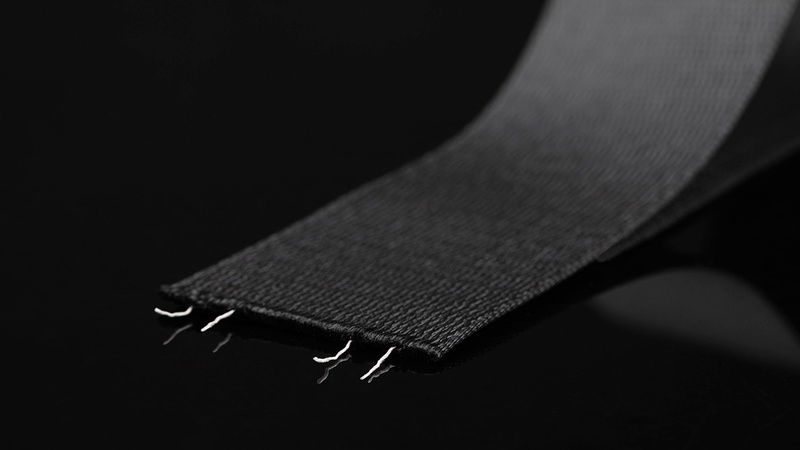The Heat Belt is intended to be used in EVs to reduce the energy needed to warm the cabin, which in turn can help to increase the range of the vehicle. ZF estimates that the range of an EV in low temperatures can increase by up to 15% with the use of its Heat Belt.
The heating conductors for the seatbelt are embedded within it, providing a uniform warmth while only slightly increasing the thickness of the webbing. The seatbelts can be heated to a temperature of up to 40 degrees Celsius (104 degrees Fahrenheit) using around 70 watts of power.


ZF used a special textile processing method for this innovation. The heating conductors are woven into the seat belt structure. The contact elements for the electrical heating circuits are positioned in such a way that they do not interfere with belt operation or retraction.
Special belt retractors at other installation positions are not necessary. ZF states that, since all relevant characteristics of the seat belt remain the same, there are not any added procedures or qualifications for the OEM. The heated seat belt is in no way inferior to its conventional counterparts in terms of occupant protection.
It is not yet known whether automakers will choose to implement this technology.
Source: ZF

